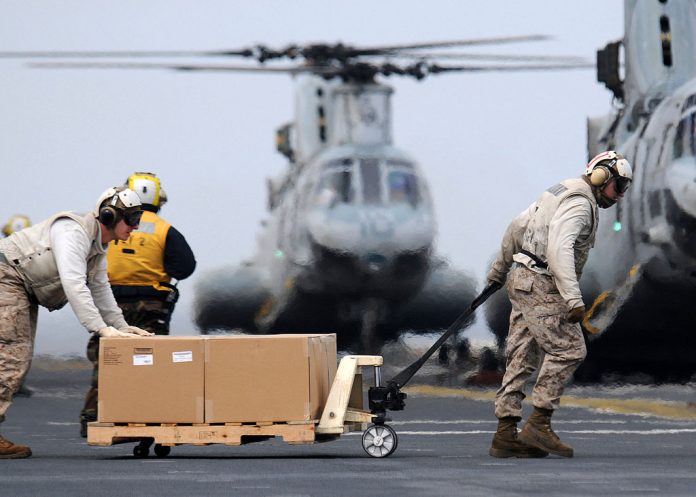Smart power as a concept is gaining more ground within academics and foreign policy circles. Traditionally, hard power, which focuses on a more coercive strategy of forced compliance, and soft power, which focuses on non-coercive strategy through attractive policies, narratives and actions, were seen to be two defining aspects of national power and influence. But, the shortcomings of the two approaches arising from the extremity of both concepts have led to the emergence of ‘smart power’ as a more effective and plausible option. In a more globalized interdependent world, the cost of war will be high and the increasing emphasis on international cooperation and transnationalism decreases the practicality of using hard power. Joseph Nye, who coined the term “smart power” says that, “effective strategies in the real world are a mix of hard and soft power, and that combination of hard and soft power in effective ways is what I call smart power.”
As the international community is transcending to accommodate newer facets of global politics such as global warming and climate change, it is necessary to bring in these elements within the framework of national security. With the growing emphasis on smart power, Humanitarian Assistance and Disaster Relief (HADR) can be seen as an ideal example of the use of smart power within the wider conceptual framework of environmental and national security. It utilizes both military as well as civilian resources and uses a softer ‘approach’ with hard power elements. The United States has been using the strategy of ‘disaster diplomacy’ through its HADR activities across the world. For instance, during the 2002 earthquake in Iran, the U.S. provided necessary aid and emergency supplies despite the political differences between the two nations hoping for a path for cooperation and improved communications. While striking a deal with Iran or North Korea can be more difficult through the U.S. ‘disaster diplomacy’, maintaining alliance and revitalizing its dominance in a region could be achieved through such smart power measures.
In the case of the U.S.-Philippines alliance, the significance given to non-traditional security threats, through joint exercises and information sharing can be seen as a contributing element in deepening as well as maintaining the relations within the shadows of a rising China. Typhoon Haiyan that devastated the Philippines in 2013 can be seen as an example of the importance of HADR in establishing influence in a region as well as gathering international support. Typhoon Haiyan was called the ‘strongest storm on record to make landfall’. It led to great financial loss of about $5.8 billion for the country. The U.S. was instrumental in providing the country with over $86 million through aid and assistance. While, China’s aid on the other hand was about $2 million and led to massive outrage in the region as well as within academic and policy circles as China’s inability to respond strategically was criticized. This shows the impact of ‘disaster diplomacy’ and ‘aid diplomacy’ in maintaining leverage within a region.
Apart from the aid and responses from individual countries, collective responses through transnational agreements and partnerships are also on the rise. This can facilitate a stronger response system and is an important platform for increased military coordination and cooperation. It can also be used as a diplomatic balancing strategy and formal pathway for increased cooperation as seen as in the case of the United States and China. Despite the growing rivalry between the U.S. and China, both countries were ready to cooperate on the grounds of HADR as the Asia-Pacific region is increasingly seen as vulnerable to frequent disasters.
Today, climate change is increasing the vulnerability of countries across the world, and especially poses a challenge for developing countries. Therefore, emphasis is being given to the necessity to bring in multiple actors including both regional and extra-regional powers. In such a scenario, HADR as an integral part of disaster risk reduction can be a powerful tool as well as a necessary action to be taken by major powers ultimately tapping into the potential of smart power. While providing sufficient aid and assistance stabilizing the socio-economic conditions of the affected countries, HADR can become a step towards building strategic leverage and subsequently increasing transnational cooperation.
The views and opinions expressed in this article are those the author.

The author is a second-year post-graduate researcher at the Department of Geopolitics and International Relations, Manipal Academy of Higher Education (MAHE), Karnataka, India.


